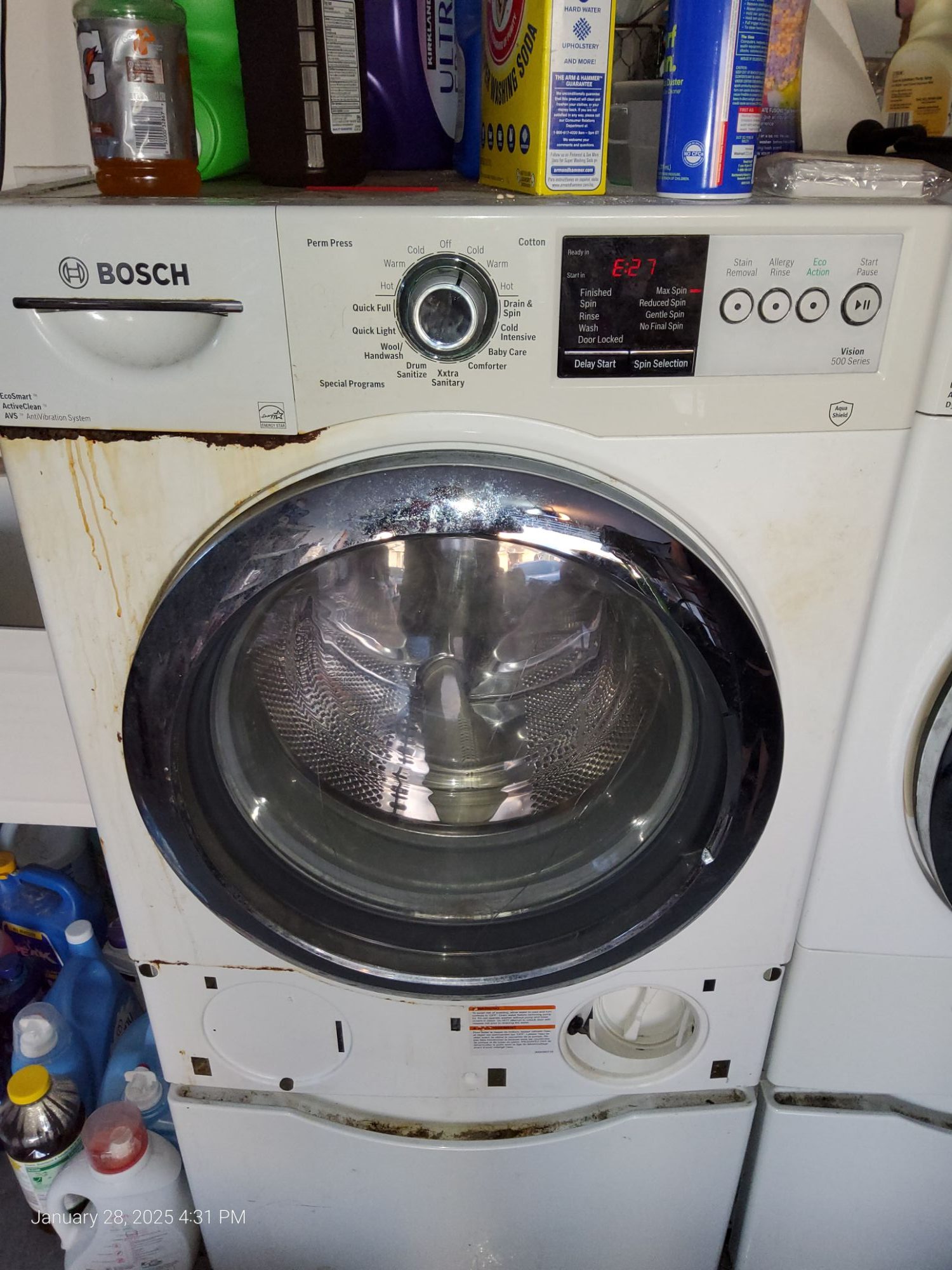When your washing machine refuses to fill with water, laundry day quickly turns into a frustrating puzzle. You load your clothes, add detergent, press start—and nothing happens. No sound of rushing water, no movement in the drum. This issue is more common than you might think, and it often points to two main culprits: a faulty water inlet valve or low water pressure. Understanding these causes and knowing how to handle them can save you time, money, and the headache of dealing with incomplete laundry cycles.
Understanding How the Washer Fills with Water
Before diving into potential problems, it helps to understand how the washer’s water-filling process works. When you start a wash cycle, the control board sends a signal to the water inlet valve. This valve opens and allows hot and cold water to flow into the drum until the desired level is reached. The process is monitored by a pressure switch, which tells the washer when to stop filling.
If something goes wrong with any of these components—or if the home’s water supply isn’t providing enough pressure—the washer won’t fill as expected.
1. Faulty Water Inlet Valve
The water inlet valve is the gateway through which water enters your washing machine. It has small screens that prevent debris from entering, but over time, those screens can become clogged with mineral deposits, rust, or dirt. A partially or fully blocked valve will restrict water flow, resulting in slow filling—or no filling at all.
Another issue is electrical failure. The valve relies on solenoids to open and close when signaled by the control board. If the solenoids burn out or the wiring becomes damaged, the valve won’t respond, leaving your washer dry.
Signs of a faulty inlet valve include:
- The washer hums but doesn’t fill.
- Only one temperature (hot or cold) works.
- Water trickles into the washer even when turned off.
- The washer fills inconsistently or stops mid-cycle.
If you suspect the inlet valve is the cause, it’s best not to attempt complex repairs on your own. Replacing the valve involves electrical and plumbing connections that require professional handling to ensure safety and functionality.
2. Low Water Pressure
Even a perfectly working washer can’t perform properly if your home’s water pressure is too low. Most washers require at least 20 psi (pounds per square inch) to fill efficiently. Low water pressure can occur for several reasons, such as:
- A partially closed or blocked water supply valve.
- Kinks or clogs in the hoses connected to the washer.
- Sediment buildup in plumbing lines.
- Municipal water supply issues.
If your washer isn’t filling, first check whether the faucets feeding the machine are fully open. Then, inspect the hoses for any kinks or twists that might restrict water flow. If both look fine, test water pressure by turning on another tap in your home. If you notice weak flow everywhere, the problem likely lies in your home’s plumbing system or external water supply.
3. Other Possible Causes
Although the inlet valve and water pressure are the most common reasons, other factors may also play a role. These include:
- Clogged filter screens: Some washers have additional screens that trap debris before water enters the drum.
- Faulty water level sensor: If the sensor incorrectly detects that the washer is already full, it won’t allow more water to enter.
- Defective control board: A malfunctioning board might fail to send the signal to open the inlet valve.
Each of these problems requires accurate diagnosis and may involve replacing parts or testing electrical components, which is best left to a trained appliance repair technician.
Preventing Future Washer Filling Problems
Regular maintenance goes a long way in keeping your washer in good shape. Here are a few preventive steps:
- Clean filters and screens regularly. Remove and rinse the inlet screens every few months to prevent sediment buildup.
- Check hoses periodically. Replace any that are kinked, bulging, or over five years old.
- Use water softeners if needed. Hard water accelerates mineral buildup inside valves and hoses.
- Schedule annual maintenance. Professional inspections can identify small issues before they become costly problems.
Why You Should Call a Professional
While it might be tempting to troubleshoot your washer yourself, dealing with water and electrical systems can be risky. A trained technician can quickly pinpoint whether the issue is due to a faulty valve, low water pressure, or another hidden fault. Professional repair ensures that your washer is safely restored to full performance without the risk of leaks, shocks, or further damage.
A washer that won’t fill with water can disrupt your routine and leave piles of laundry unfinished. The problem usually stems from a defective inlet valve or low water pressure, but accurate diagnosis is crucial to avoid unnecessary part replacements. Whether your washer hums without filling or remains completely silent, it’s important to get professional assistance before the issue worsens.
If your washing machine is refusing to fill, don’t let the problem linger—contact Home Appliance Service Center. Our experienced technicians provide fast, reliable washer repair services, restoring your appliance to perfect working condition so you can get back to your daily routine without interruptions. Call us today to schedule your service appointment and ensure your washer runs smoothly again.
Contact us
 619-928-5000
619-928-5000  Request Service
Request Service 
